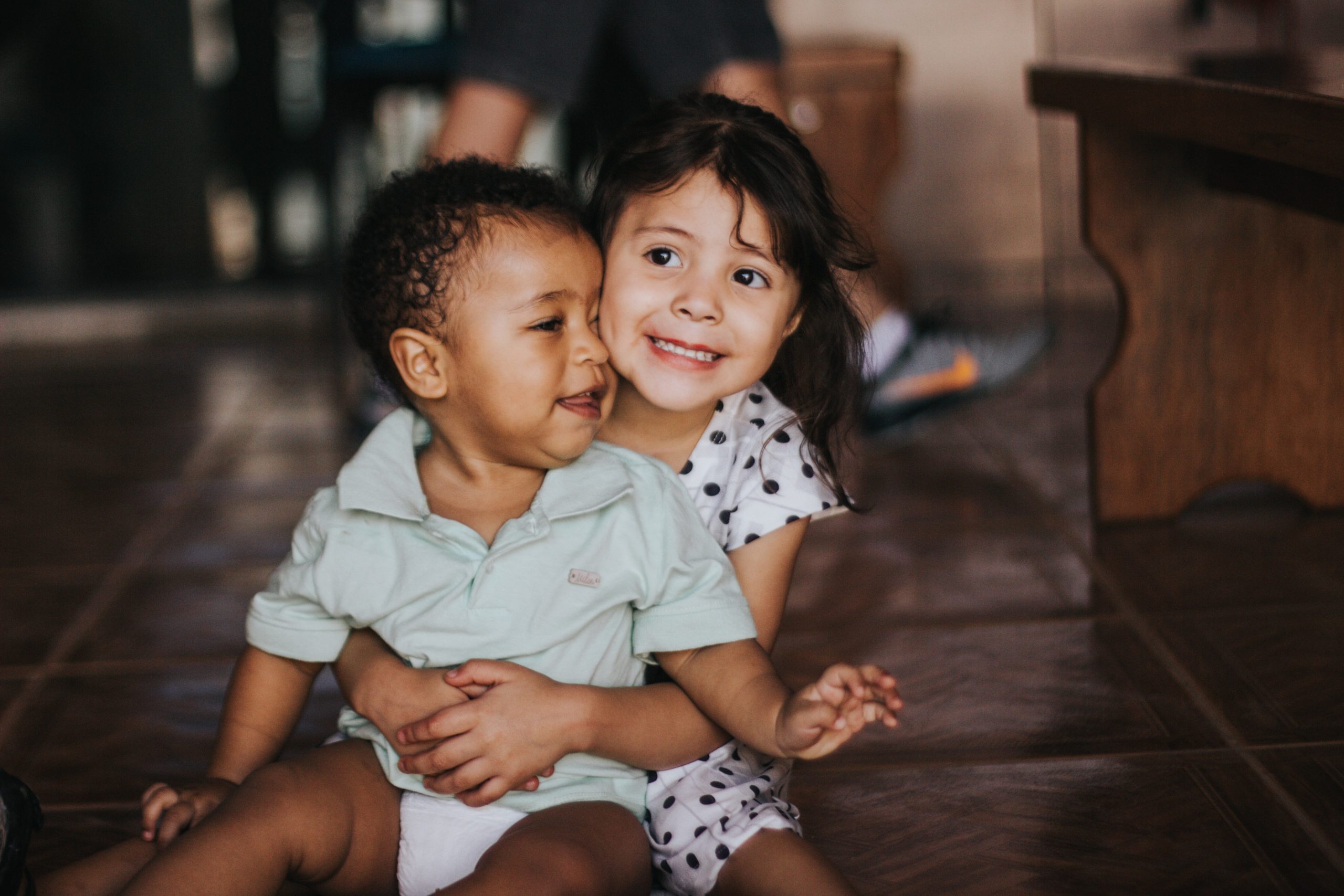
22 Aug 5 Tips For Healthy Parenting (And Relationships In General)
Posted at 19:49h
in behaviour change, behavioural insights, child's rights, children, children's rights, ethnographic research, ethnography, families, health care, health policy, healthcare, mental health, parenting, relationship, social policy, young people
From our director, Elliot: A feature of our work is to reveal insights into the ways we live. Of the different topics we cover, one of the most meaningful to me is the experiences of young people and families. This non-exhaustive article, based on personal observations, was first published on Medium.
First of all, don’t feel pressured to do all of these things, all of the time. There is no 100% perfect way, you will of course be (beyond) tired, and may be going at it alone, and that’s ok.
Ultimately, if you’re able to feed your child, listen and speak to them (and to each other in front of them) with kindness, and you support them to explore as they grow — then don’t worry, you’re already doing great.
For a bit more detail — some of which may already be familiar, some of which may provide a fresh perspective — read on…
1) LOOK AFTER YOUR MENTAL AND PHYSICAL HEALTH
Whilst a parent’s job is to meet their child’s needs (rather than the other way round), to be the best parent you can be, make sure you’re looking after yourself too.
That means having private time to check in with yourself, to see how you are feeling mentally and physically, and what really matters to your wellbeing.
Depending on personal (and societal) circumstances, these might feel like luxuries, but if you can, try to get some daily exercise and sunshine, especially around nature. Eat healthily. Find ways to relax, and get sleep. Stay connected to people who make you feel good and who can support you.
And most of all, don’t be afraid to ask for help. We’re not designed to do everything alone. A support network is crucial, so it’s just as important to reach out, as it is to have private time.

2) COMMUNICATE WITH EACH OTHER, WITH RESPECT AND A SENSE OF COLLABORATION
Parenting is teamwork and tiring, so be supportive and kind.
State your needs clearly and directly, without malice. Don’t let grievances fester. A useful way to communicate about any issues (with anyone, not just a child or partner) is to focus on the other person’s behaviour and how it makes you feel, rather than focussing on the person themselves and making statements about them.
For example, rather than saying: ‘You’re such a so-and-so!! It’s so frustrating!’, it’s more helpful to take a moment and say: ‘When you do X, it makes me feel Y. I’d feel more supported if you’d do Z. Is that ok?’.
Similarly, if you’re being asked (whether by your partner or child) to do something that you can’t do, then explain why. It’s better to explain as best you can, rather than just: ‘Because I said so!’. You can also let your partner (or child) know that you appreciate where they’re coming from, even if you can’t provide the support they need in that moment.
Remember that if you and your partner don’t immediately see eye-to-eye on something, you may still be bringing different strengths and skills to the table, that can actually be complementary to each other overall.
Maintaining that sense of respectful collaboration is really important. It sets a healthy example to your child about how to relate to other people, and what’s an acceptable way to be treated. And crucially, it makes the child feel secure.
3) VALIDATE FEELINGS WHEN SETTING BOUNDARIES
No one, whether child or adult, wants to feel alone with, or ashamed of, their feelings.
So it’s important to be attentive, to let your child (and partner) know that you’re listening, and to try to understand and validate their emotions (even if you’ve taken issue with their behaviour).
It’s also important to recognise the distinction between feelings and behaviours, or between emotions and actions. Whilst you might want to remedy a ‘challenging’ behaviour, the emotion behind that behaviour must be acknowledged without shame, in order to be worked through. For example, the root of aggressive behaviour is often fear or insecurity, which can also be connected to loss or sadness. So to reduce the aggression, the fear must be allayed.
In order to work through such behaviours without invalidating a child (or adult’s) feelings, and also to set boundaries in general, it’s important to pay attention to your own tone and language.
Part of that means using collaborative rather than coercive language where possible (eg. ‘Let’s do this’, rather than ‘Do as I say or else!’), and setting an example through your own behaviour.
Here are three example scenarios:

i) A child is making a lot of noise because they’re not getting what they want. Rather than aggressively shouting: ‘SHUT UP! YOU’RE DOING MY HEAD IN! YOU’RE SO ANNOYING!’, or the opposite, meekly acquiescing: ‘I’ll let you have whatever you want if you’ll please be quiet’, it’s more effective to communicate something like: ‘I can’t give you what you want right now. I know you’re angry and sad about that. That’s ok. I’m still here for you’.
Similarly, if it’s a baby that’s crying, it’s more effective to speak calmly: ‘There, there, it’s ok, I’m here’ (which is soothing and validating), rather than irately: ‘Shhh just be quiet!’ (which is agitating and invalidating).
ii) For another example, a young child throws a toy because they’re not allowed to stay up late. Their behaviour might be described as ‘violent’, whilst their emotional state could be described as ‘angry’. It’s useful to note here that ‘anger’ is usually an expression of ‘frustration’, which in turn is based on ‘anxiety’. This anxiety is often the unconscious fear of abandonment or entrapment (ie. ‘Maybe my parents don’t care about me enough to give me what I want’ or ‘Maybe I’ll never be able to have what I want ever again.’)
As such, rather than snapping something like: ‘YOU LITTLE @#$%&!! GET TO BED! WHAT DID I TELL YOU? DO YOU WANT A SMACK?’ (which promotes aggressive behaviour and low self-esteem), or saying the opposite: ‘Ok ok, you can stay up for as long as you want as long as you promise not to throw any more toys’ (which promotes both entitlement, and anxiety that nobody else is in control), it’s healthier to say something like: ‘Look, I know you’re angry and you want to stay up, and that’s ok, but you can’t be throwing toys. That’s not ok. Throwing a toy can damage something or hurt someone. So I need you to go to bed now. I’ll be here if you really need me, I’m not going anywhere, but it’s bedtime. Let’s go up together.’
iii) One final example, a child refuses to get dressed for school. It could be that something is going on at school that is distressing them, or they’re not sleeping well and are exhausted, or it’s cold so they don’t want to get out of bed, or maybe they’re just testing boundaries and want to feel reassured.
In this scenario, rather than grabbing and threatening them with: ‘YOU’RE ALWAYS SO BLOODY DIFFICULT, PUT THESE ON NOW, OR ELSE!’, or the opposite, subserviently offering: ‘I’ll buy you whatever you like if you get dressed’, it’s healthier to check in with what’s actually going on, and then take a collaborative approach. Start with something like: ‘I know you don’t want to get dressed, can you tell me why?’ and then, if they’ve been able to reply (or even if they haven’t, because it can be difficult for a child to articulate what’s behind their emotions), validate their feelings whilst reiterating your request: ‘Ok, I understand how you’re feeling. We can look into it, I promise. Right now though I need you to put these on. That ok? Let’s do it together.’
These situations can be exasperating, so it’s ok for you to take a breath if you can, to check in with how you’re doing yourself. After all, most adults are still just children deep down, figuring out how to deal with our own emotions too.

4) PROVIDE A SECURE BASE FOR YOUR CHILD TO EXPLORE FROM, AND A SAFE HAVEN FOR THEM TO RETREAT TO
Everyone, child or adult, needs to feel secure without feeling bound, and to feel free without feeling abandoned.
There are times when a child just needs a parent to stand by on guard, only stepping in when genuinely needed (rather than when the parent feels anxious — which can result in the anxiety being taken on by the child). This allows the child to develop a sense of agency and empowerment, and allows them to learn from experience.
So for example, if a crawling toddler wants to explore a relatively safe new area, such as a friend’s living room, it makes sense to keep an eye out for potential danger at a distance whilst they explore, rather than hovering imposingly over the child or vocally expressing fear about the different ways the child could get hurt.
There are other times however, when a child is actually distressed, and doesn’t know how to handle their feelings or the situation they’ve found themselves in. In which case the child needs to be soothed and reassured by a parent, so that they can learn to comfortably regulate and identify their own emotions, and assess future situations calmly themselves.
For example, if a situation is genuinely dangerous, you could say something like: ‘That’s ok, it is scary. It’s better that you didn’t do that / go there. You’re going to be all right.’ Or if the situation is actually safe but just intimidating, you could say: ‘That’s ok, it is scary. I know you can do it if you want, I’m here for you. So go on if you like, but only if you want to.’
A third type of occasion is when a child wants to feel free, but not be overwhelmed by choice. Those times call for measured boundaries, which a child needs in order to feel secure, without feeling trapped.
For example, a toddler wants to go to a play area in the park, where there are lots of play-things to choose from. Sometimes it can be better to lead the way, offering a simple option like: ‘How about we go on the swings?’ or just: ‘Let’s go on the swings’. That’s because excessive questions around choice, like: ‘What do you want to do? Do you want to go on the swings? Or the slide? How about the see-saw? Or the climbing frame?’ can make the child feel anxious that nobody is in control, or that others should always respond to their every whim.

5) PRACTICE POSITIVE REINFORCEMENT, USING APPROPRIATE PRAISE AND PHYSICAL AFFECTION
Promoting healthy self-esteem, that’s neither over-inflated nor underdeveloped, is crucial for both children and adults.
Let your child (and partner) know that you appreciate them, and what you appreciate. And show an interest in their interests.
Where possible, try to praise specific behaviours rather than just inherent traits. For example, rather than simply saying: ‘You’re so smart!’, it’s healthier to qualify or swap that with: ‘Great work with that [specific thing]! You’ve done so well!’. Or as another example, rather than just: ‘You’re so pretty/handsome,’ it’s healthier to say: ‘What a great outfit you’ve chosen! I like [that specific thing about it]. You look great!’. This is because when children associate praise — or criticism — with inherent traits, then if things don’t go the way they’d like in life, they may blame themselves and fixate on those traits, rather than look at what they can do to change the situation or their behaviour in general.
Try to use supportive praise, rather than contingent praise. In other words, use language that encourages a child to have faith in their own capabilities, rather than be dependent on you for approval. For example, rather than saying: ‘It makes me so happy when you do well like that’, it’s healthier to say: ‘Great work with that! You did so well!’ (Note that contingent praise is different from showing appreciation. Being appreciative is good: ‘Thank you for tidying up without being asked, I really appreciate that.’)
Be sincere with your praise. You don’t need to say: ‘that’s the best drawing I’ve ever seen’ (unless of course you genuinely mean it!). It’s enough to say that you absolutely love it, or love specific aspects of it, and explain the reasons why you love those parts. That way you don’t run the risk that your child becomes overly dependent on the highest praise possible, or anxious about the authenticity of the praise they receive, or that they hold back from more challenging tasks because they’re afraid of not instantly being the ‘best’ at them.
A final note, it’s really effective to combine praise with positive attention and physical affection. That means things like thumbs ups, high fives, hugs and smiles — depending on what your child is comfortable with (they should never feel compelled to participate in physical affection).
*
All of this, together with shared laughter and play, improves a child’s behaviour, gives them genuine confidence and resilience, and promotes healthy connections and relationships.

*******************
Photos from Unsplash. In order, by: Name_Gravity, Saradhi Photography, Raimond Klavins, Picsea, Chayene, Phanmi
#parenting #families #children #youngpeople #mentalhealth #relationships #family


